Home>Ideas and Tips>DIY Guide To Installing A Kitchen Subway Tile Backsplash With Contrasting Grout
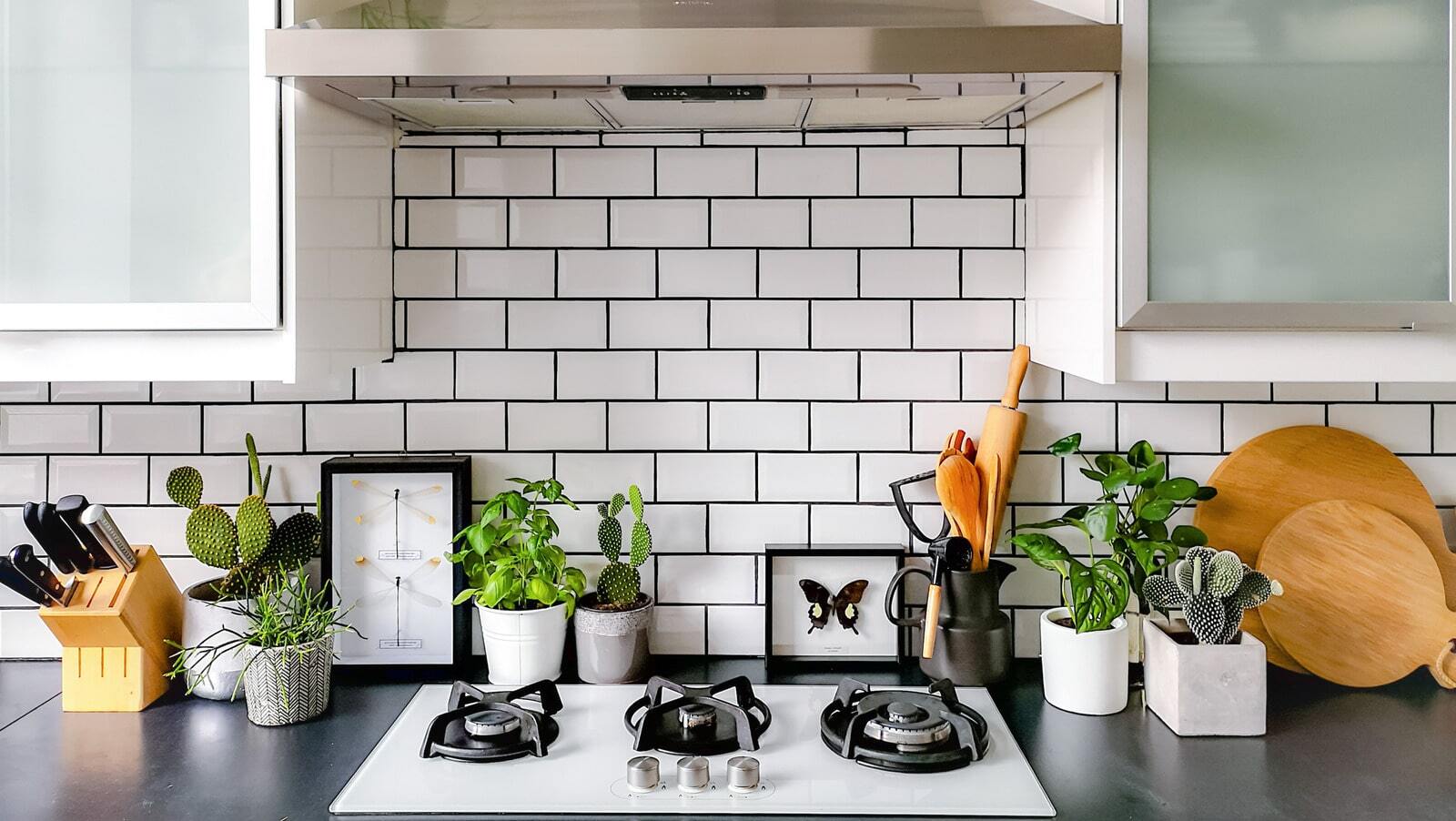

Ideas and Tips
DIY Guide To Installing A Kitchen Subway Tile Backsplash With Contrasting Grout
Published: August 29, 2024
Learn how to install a kitchen subway tile backsplash with contrasting grout. Follow our step-by-step DIY guide for a stylish and affordable kitchen upgrade.
(Many of the links in this article redirect to a specific reviewed product. Your purchase of these products through affiliate links helps to generate commission for Storables.com, at no extra cost. Learn more)
Installing a kitchen subway tile backsplash is a fantastic DIY project that can significantly enhance the look and feel of your kitchen. This guide will walk you through the entire process, from preparation to finishing touches, with a focus on using contrasting grout to add an extra layer of visual appeal.
Why Choose a Subway Tile Backsplash?
Before diving into the installation process, it's essential to understand why a subway tile backsplash is such a popular choice. Here are some compelling reasons:
- Classic Look: Subway tiles have been a staple in kitchen design for decades. Their classic, timeless look ensures that your kitchen will remain stylish regardless of the trends.
- Inexpensive DIY: Compared to hiring a professional, installing a subway tile backsplash yourself can save you thousands of dollars. The cost of materials is relatively low, making it an affordable DIY project.
- Versatility: Subway tiles complement almost every kitchen style, from modern to farmhouse, classic to eclectic. They are versatile and can be paired with various countertop materials and cabinet styles.
- Easy Maintenance: Subway tiles are easy to clean and maintain. They are resistant to stains and can withstand the wear and tear of daily kitchen use.
Preparing Your Space
Before starting your project, it's crucial to prepare your space properly. Here are the steps you need to take:
-
Clear the Area:
- Remove any items from the countertops and surrounding areas. This includes appliances, utensils, and decorative items.
- Cover your floors and countertops with drop cloths or plastic sheets to protect them from dust and debris.
-
Turn Off Utilities:
- Switch off the power to the outlets and light switches in your kitchen. This is important for safety reasons.
-
Remove Outlet Covers:
- Take out the outlet covers to ensure they don’t interfere with your tiling process.
-
Clean the Walls:
- Give your walls a thorough cleaning to remove any grease, grime, or old adhesive. This will ensure a smooth application of the new tile.
-
Light Sanding (Optional):
- If you notice any bumps or imperfections on your drywall, lightly sand them down. This will provide a better surface for your tiles.
Choosing Your Materials
Selecting the right materials is crucial for a successful DIY project. Here are some tips:
-
Subway Tiles:
- Traditional subway tiles are 3×6 inches in size. You can choose from various materials like ceramic, porcelain, or glass.
- Ensure that you have enough tiles for your project. It’s always better to have a few extra tiles on hand in case of cuts or mistakes.
-
Contrasting Grout:
- Contrasting grout adds a unique touch to your backsplash by creating visual interest between the tiles and grout lines.
- Choose a grout color that complements your tile color but stands out enough to create contrast.
-
Adhesive and Spacers:
- Use a premixed mastic adhesive for easy application.
- Spacers help maintain even spacing between tiles, ensuring a professional finish.
-
Tools Needed:
- A level (laser or regular)
- Chalk line
- Trowel
- Notched trowel (for applying adhesive)
- Grout float
- Grout sponge
- Grout sealer (optional)
- Tile cutter or wet saw (for cutting tiles)
- Pencil and straightedge
Step-by-Step Installation Guide
Now that you have all your materials ready, let’s move on to the installation process:
Step 1: Measure and Mark Your Wall
-
Measure Your Wall:
- Measure the length and width of your wall where you plan to install the backsplash.
- Calculate how many rows of tiles you will need based on the size of your tiles.
-
Mark Your Wall:
- Use a chalk line to draw a horizontal line along the top edge of where you want your backsplash to start.
- If you have any obstructions like outlets or windows, mark those areas as well.
Read more: DIY Guide To Installing A Subway Tile Shower
Step 2: Lay Out Your Tiles
-
Lay Out Tiles on the Counter:
- Place a few tiles on your countertop to get an idea of how many tiles you will need per row.
- Arrange them in a staggered pattern (50% offset) to ensure a seamless look.
-
Mark Center Point:
- Identify the center point of your wall, which could be a window or any other central feature.
- Use tape or a marker to mark this point on the wall.
-
Create Reference Lines:
- Use a chalk line to create reference lines along the length of your wall, ensuring they are level and straight.
Step 3: Apply Adhesive
-
Apply Adhesive in Small Sections:
- Use a notched trowel to apply adhesive directly onto the wall in small sections at a time.
- Hold the trowel at an angle (about 45 degrees) to spread it evenly across the surface.
-
Set Tiles Immediately:
- Place each tile onto the adhesive-covered area immediately after applying it.
- Use spacers between each tile for even spacing.
Step 4: Continue Tiling
-
Work in Rows:
- Start with a full tile at the bottom row then alternate between full and half tiles in subsequent rows for that classic staggered look.
-
Cut Tiles as Needed:
- Use a tile cutter or wet saw for cutting tiles around obstructions like outlets or windows.
- Cut tiles slightly larger than needed so you can trim them down later if necessary.
-
Check Levels Regularly:
- Use a level frequently throughout the process to ensure that each row remains level and straight.
Step 5: Grouting
-
Allow Adhesive to Set:
- Let the adhesive set for at least 24 hours before grouting.
-
Mix Grout:
- Follow manufacturer instructions for mixing grout; usually it involves adding water gradually until achieving desired consistency.
-
Apply Grout:
- Use grout float to spread grout between tiles; press firmly but avoid getting too much grout on surface of tiles themselves which could lead uneven finish later on down line when buffing process begins later stages project completion phase overall timeline perspective here too!
4.. Clean Excess Grout Immediately After Application Using Wet Sponge Or Cloth; This Helps Prevent Stains Forming Over Time Which Would Otherwise Ruin Entire Appearance Overall Aesthetics Of Final Product Resulting From Hard Work Effort Put Into This Specific Task At Hand Here Today Now Moving Forward With Rest Steps Involved In Completing This Project Successfully Without Any Major Issues Arising Along Way Either!
5.. Allow Grout To Set Before Sealing If Desired; Some People Prefer Adding Extra Layer Protection Against Stains Spills Etcetera Depending Personal Preferences Needs Requirements Specific Situation Contextual Framework Here Too!
Finishing Touches
Buffing Grout Lines
1.. Use Non-Shedding Cloth Like Microfiber Cheesecloth Buff Surface Tile Removing Excess Grout Haze Appearing Over Next Few Days After Initial Application Process Completion Phase Here Too!
2.. Be Careful Not Press Into Grout Lines Especially Those Areas Where Grout Hasn’t Fully Set Yet Otherwise Risk Damaging Surface Itself Long Term Basis Overall Structural Integrity Here Too!
Sealing Grout (Optional)
1.. If Desired Add Extra Layer Protection Against Stains Spills Etcetera Using Grout Sealer Following Manufacturer Instructions Carefully Avoiding Any Overlap Areas Where Grout Hasn’t Fully Set Yet Otherwise Risk Damaging Surface Itself Long Term Basis Overall Structural Integrity Here Too!
Final Inspection & Touch-Ups
1.. Conduct Final Inspection Ensuring All Tiles Are Securely In Place Without Any Gaps Between Them Overall Aesthetics Of Final Product Resulting From Hard Work Effort Put Into This Specific Task At Hand Here Today Now Moving Forward With Rest Steps Involved In Completing This Project Successfully Without Any Major Issues Arising Along Way Either!
2.. Make Any Necessary Touch-Ups Immediately Addressing Any Issues Arising During Final Inspection Phase Here Too!
Conclusion
Installing a kitchen subway tile backsplash with contrasting grout is not only an affordable DIY project but also a rewarding one that can significantly enhance the look and feel of your kitchen. By following these steps carefully and taking necessary precautions along way ensures successful completion phase overall timeline perspective here too Remember always refer back previous steps if needed clarification understanding specific task involved particular stage process completion phase overall timeline perspective here too Good luck with your project and enjoy the transformation it brings to your kitchen space
Was this page helpful?
At Storables.com, we guarantee accurate and reliable information. Our content, validated by Expert Board Contributors, is crafted following stringent Editorial Policies. We're committed to providing you with well-researched, expert-backed insights for all your informational needs.
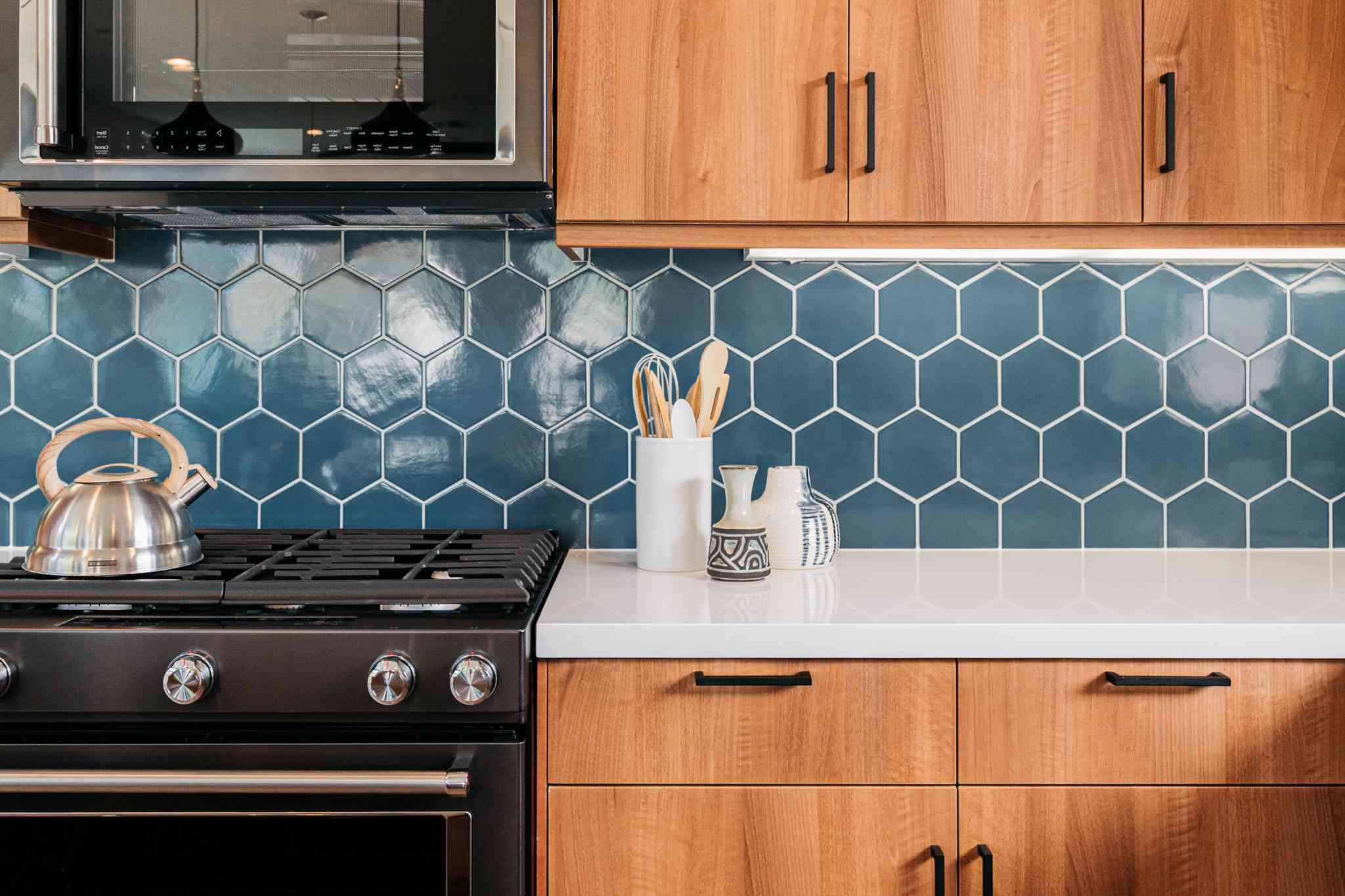
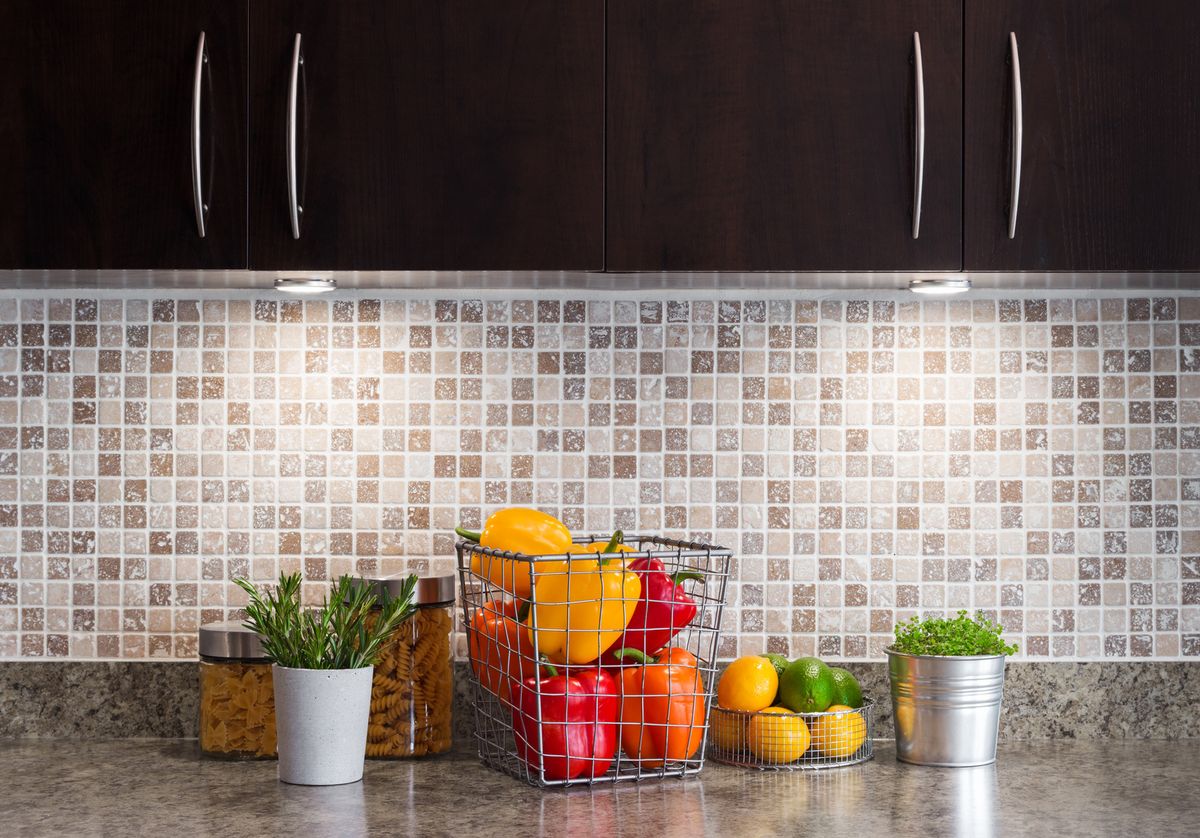
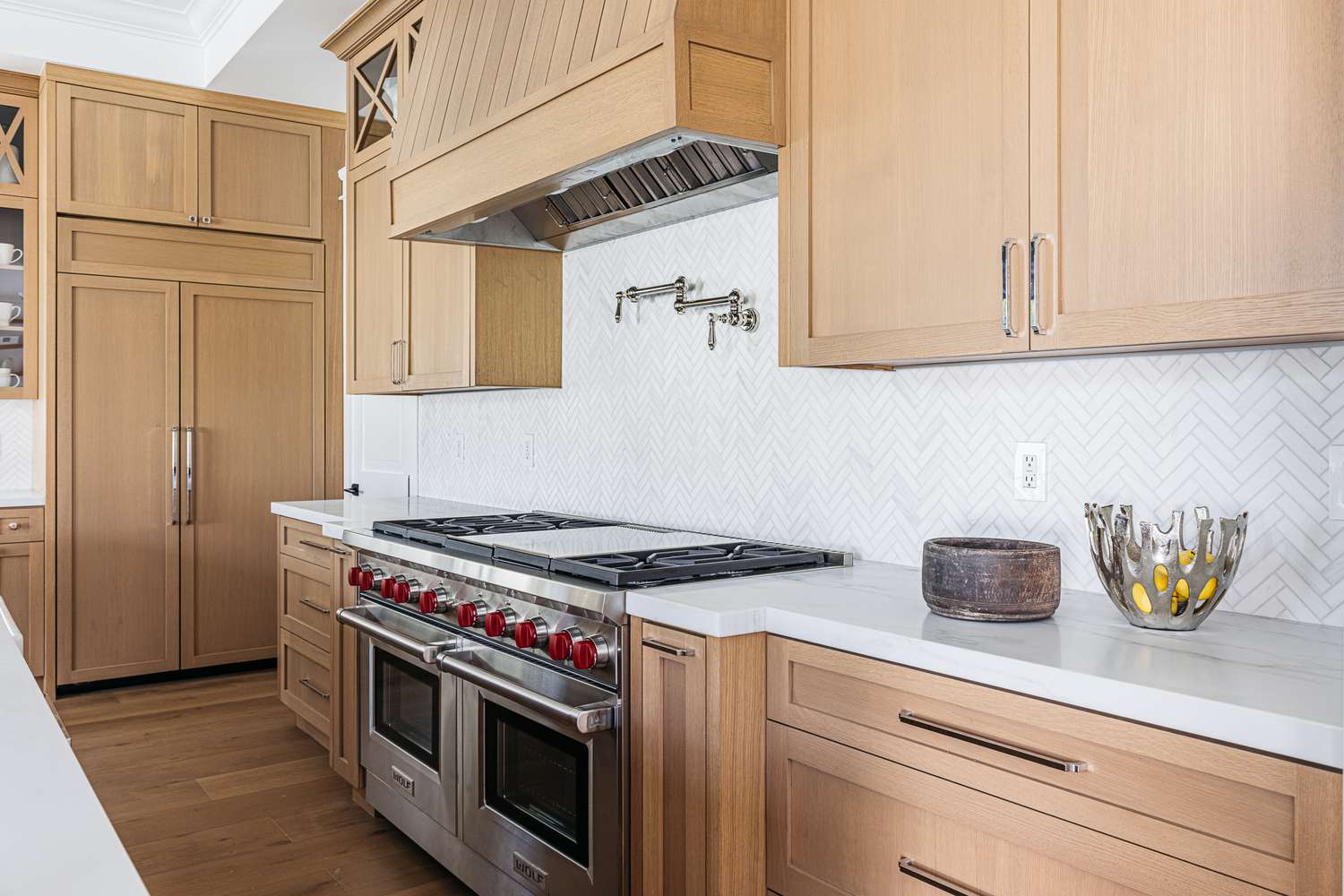

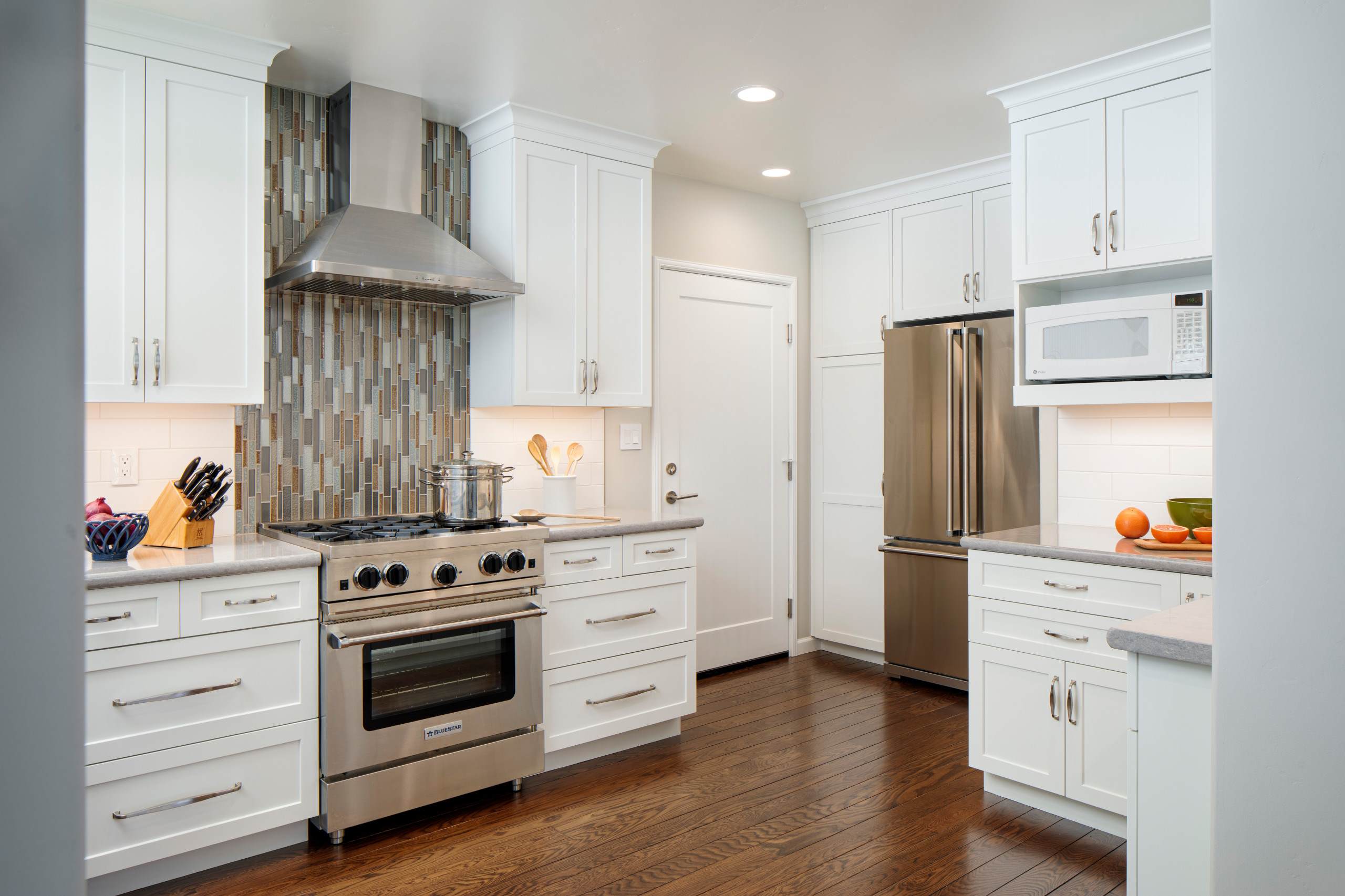

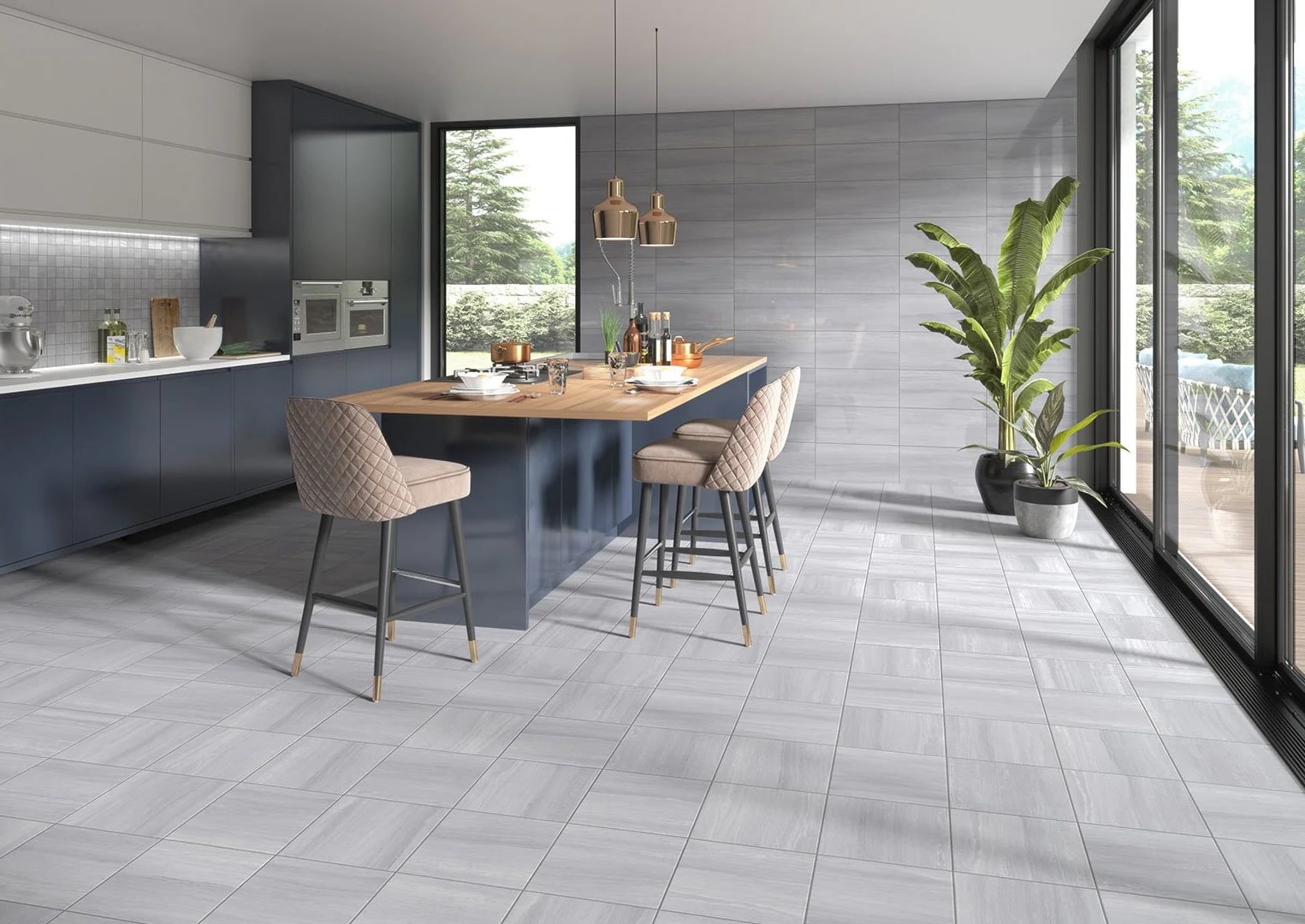
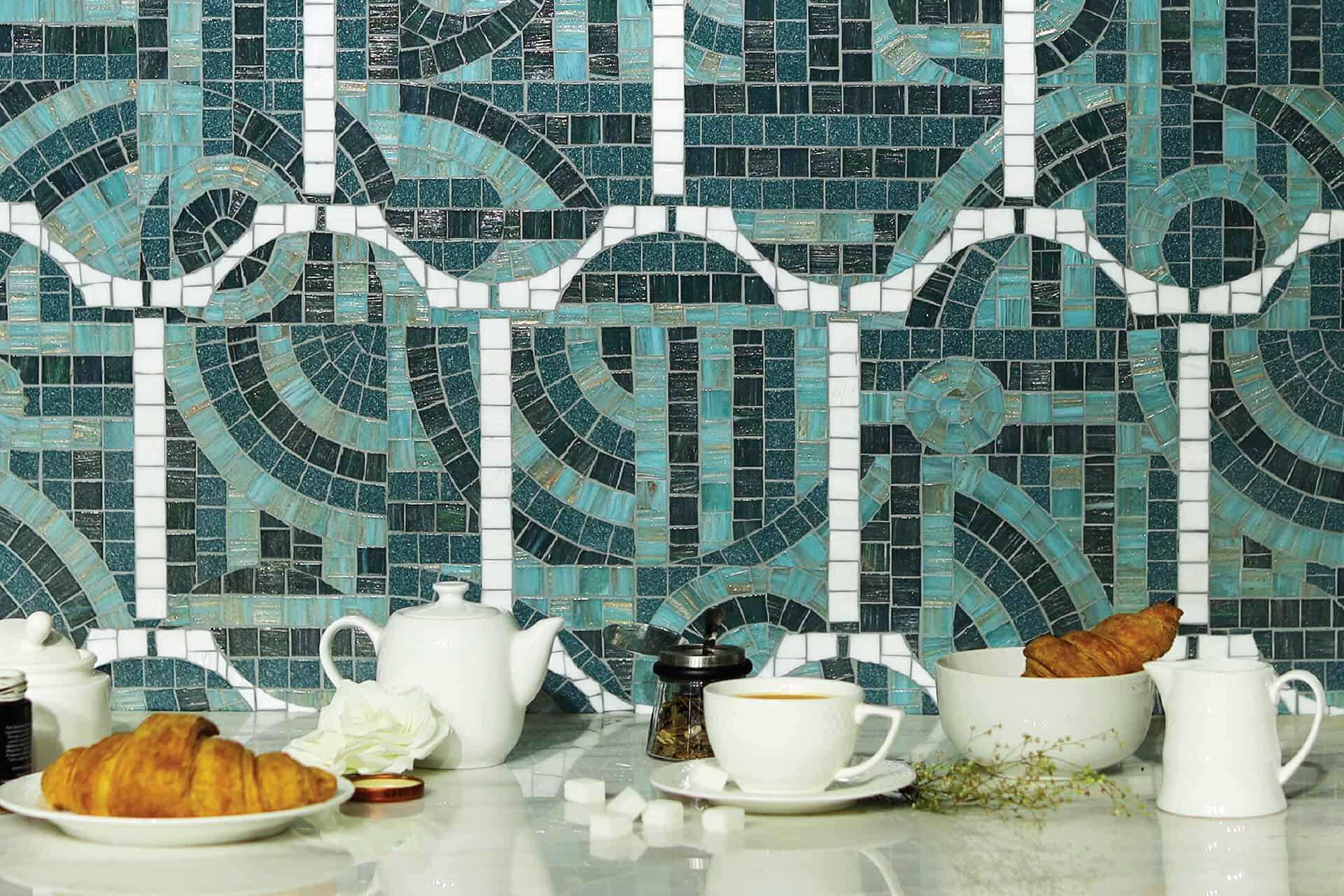
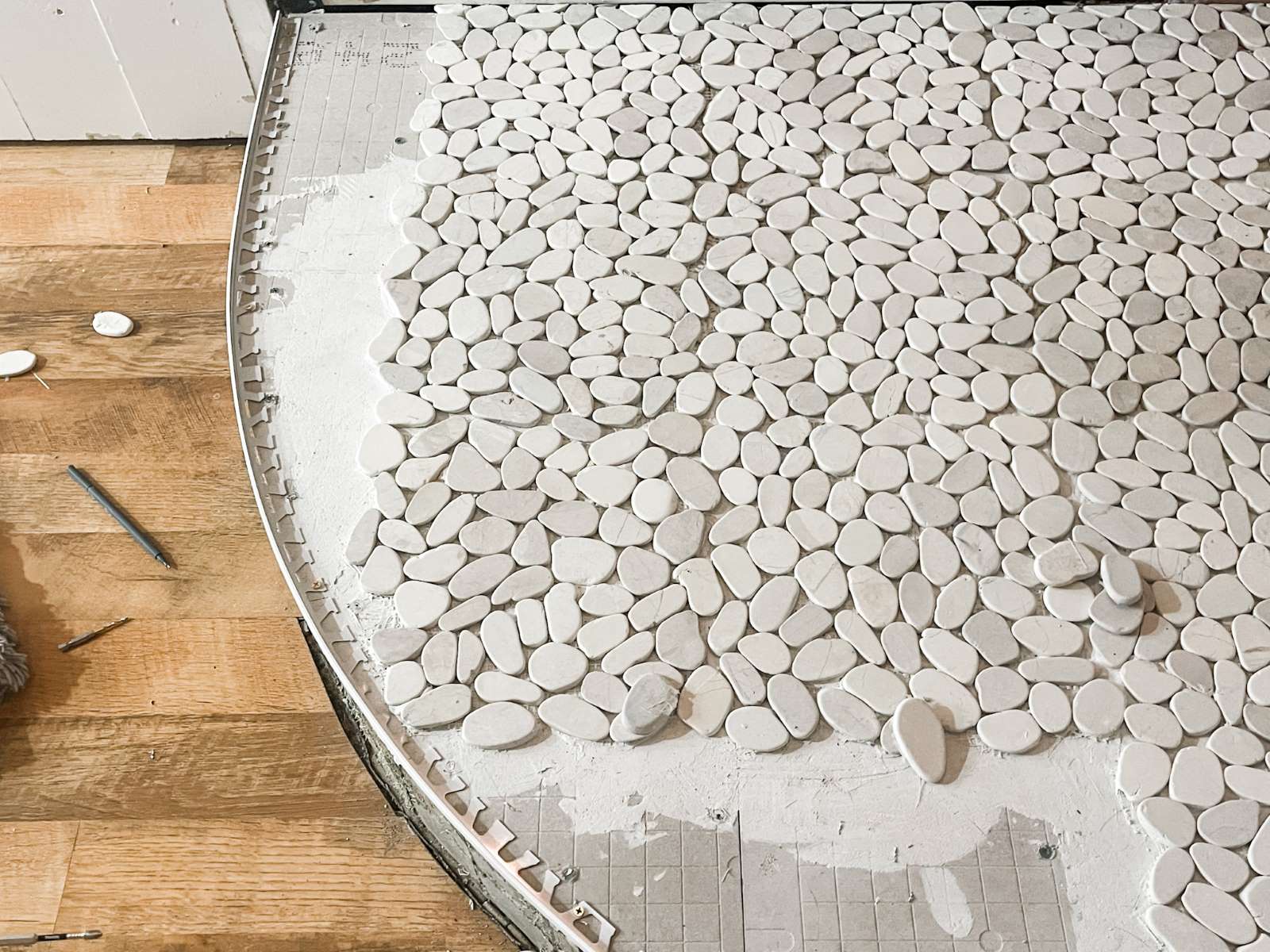
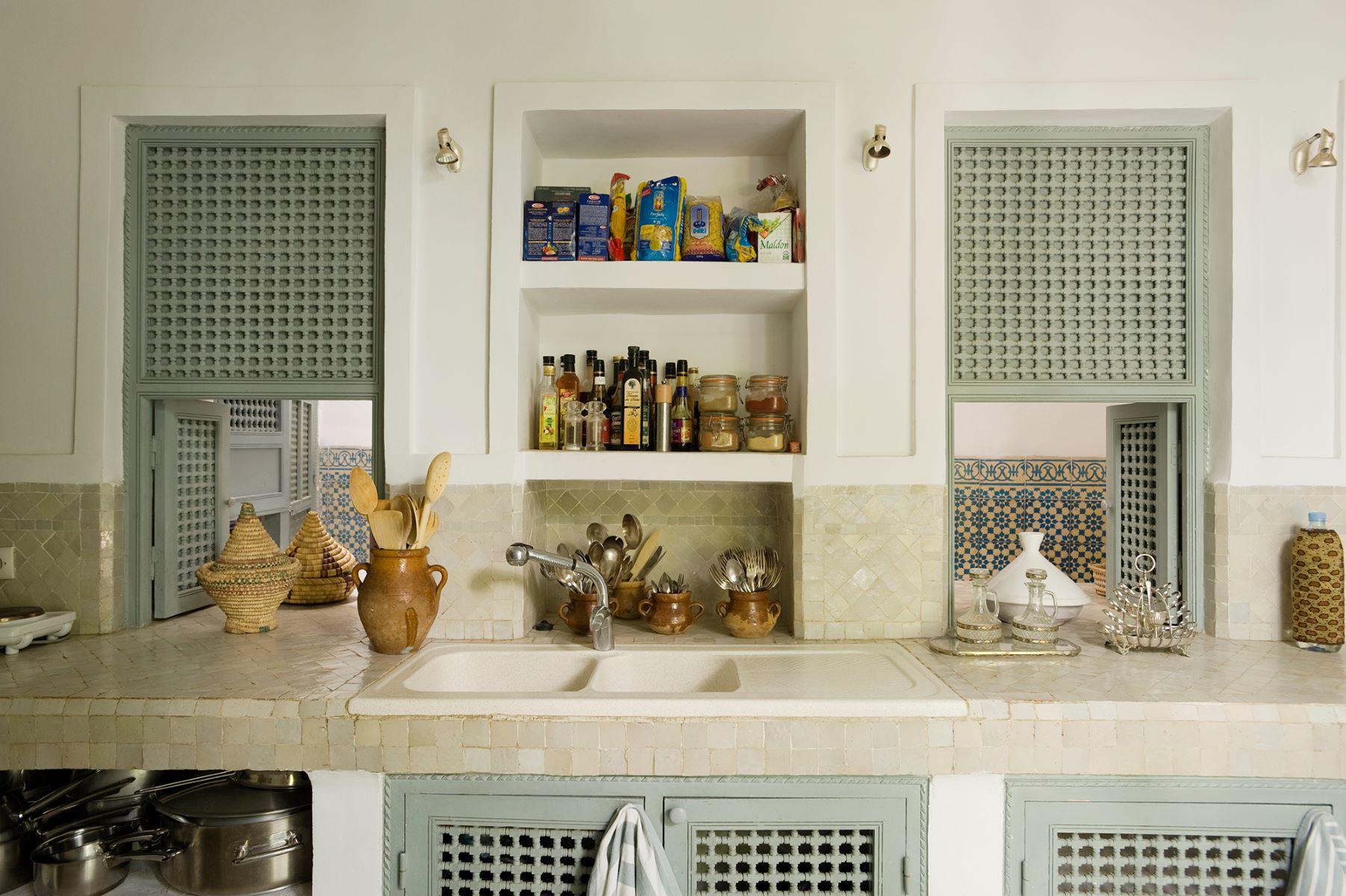
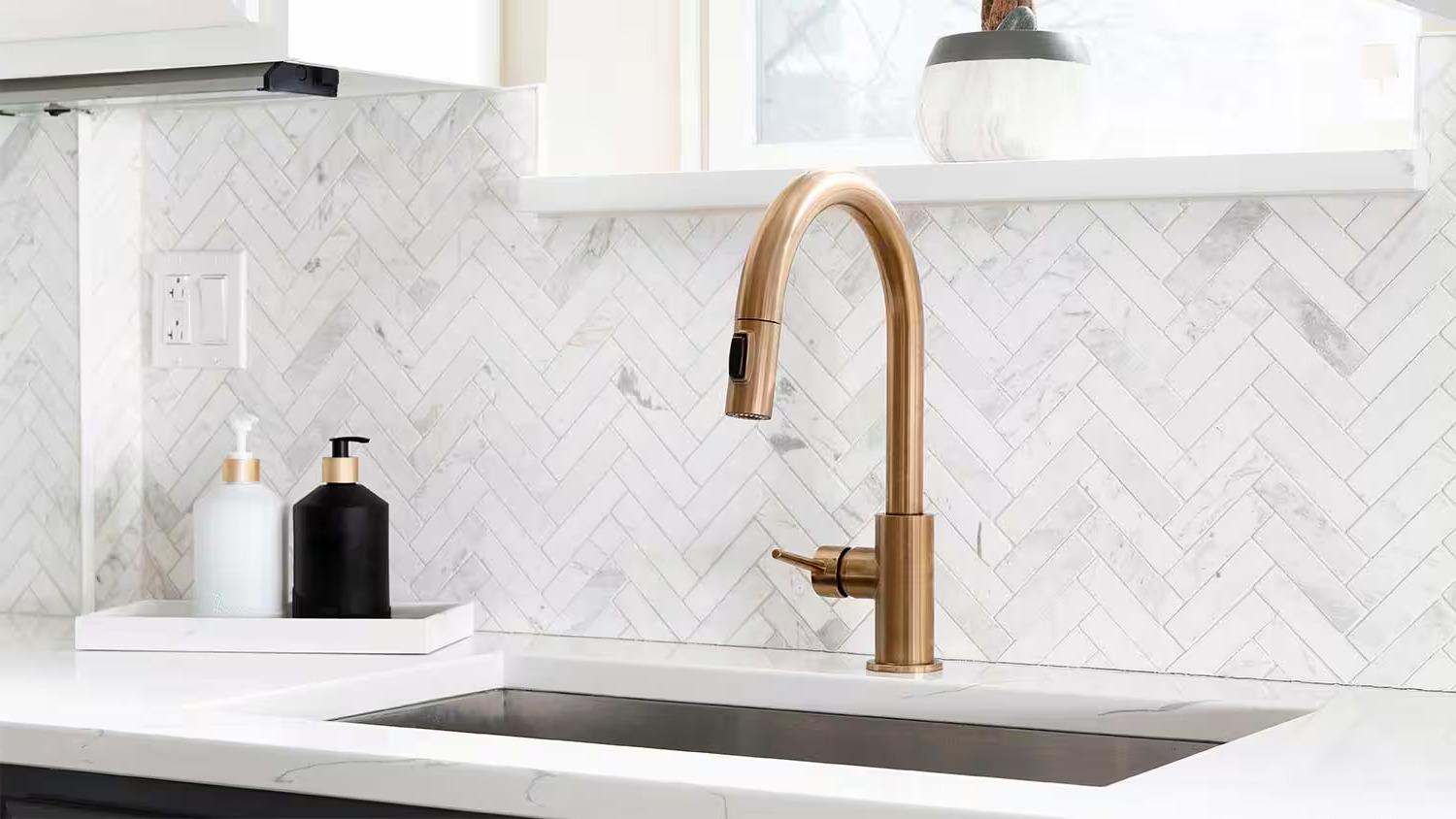
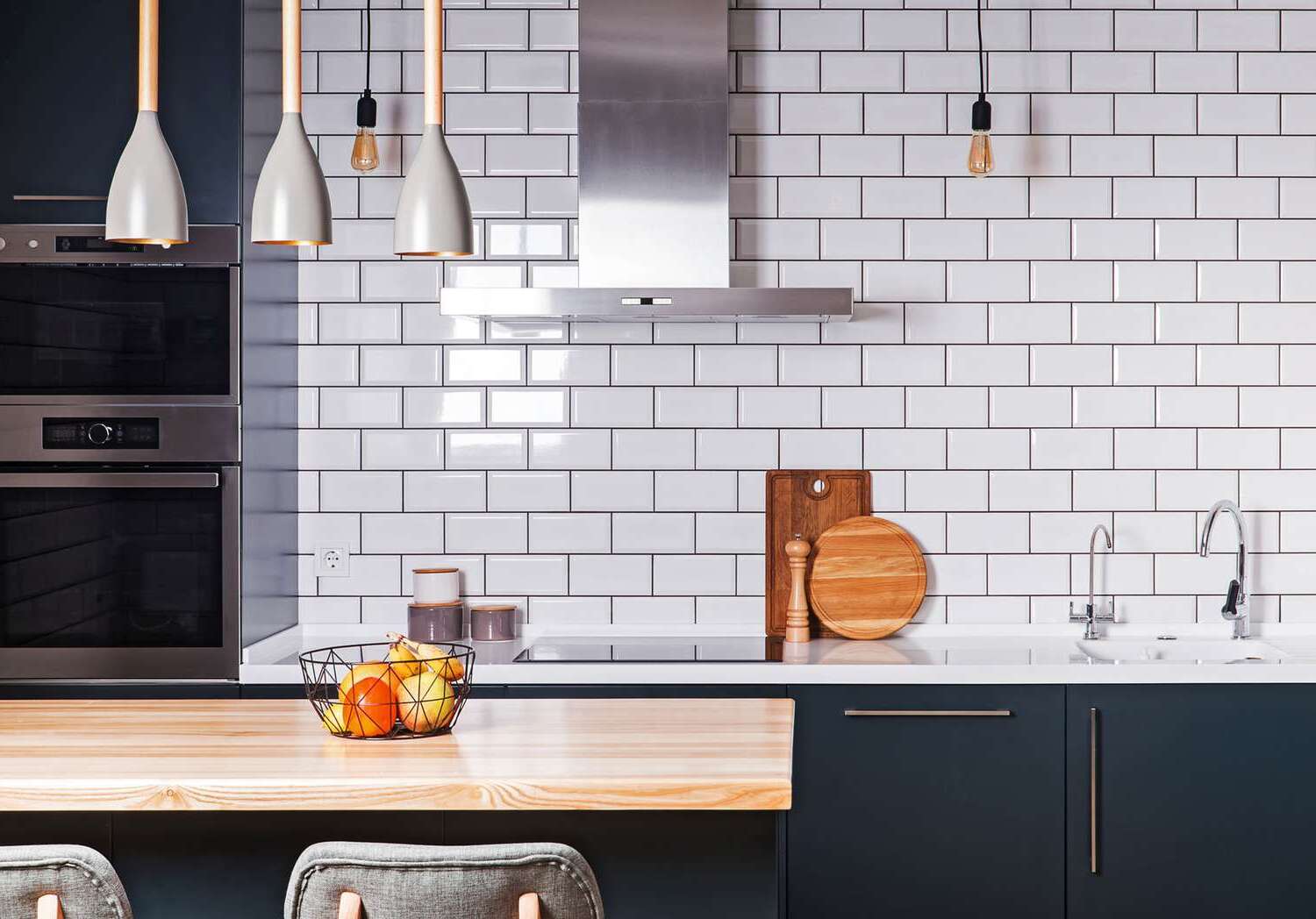

0 thoughts on “DIY Guide To Installing A Kitchen Subway Tile Backsplash With Contrasting Grout”